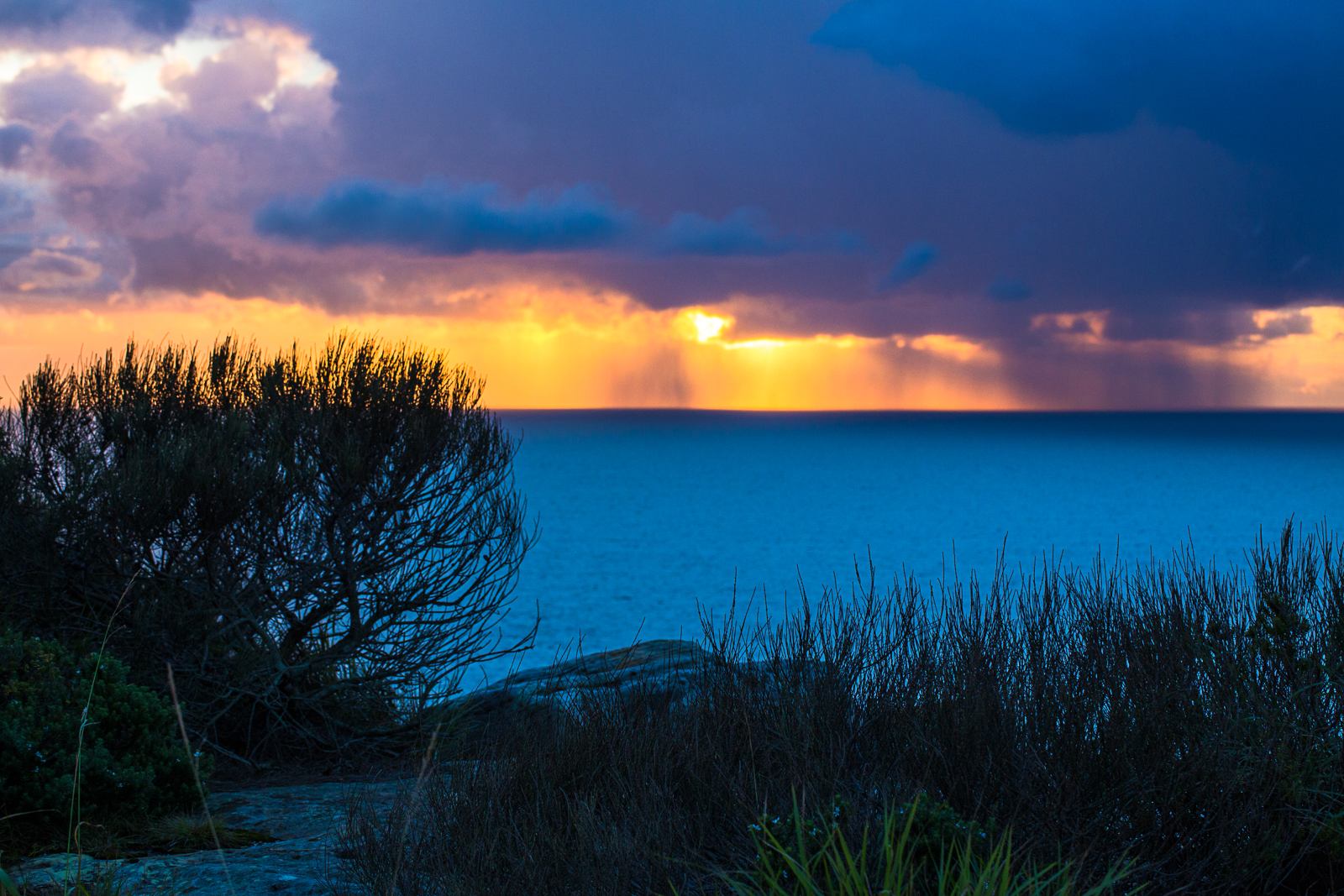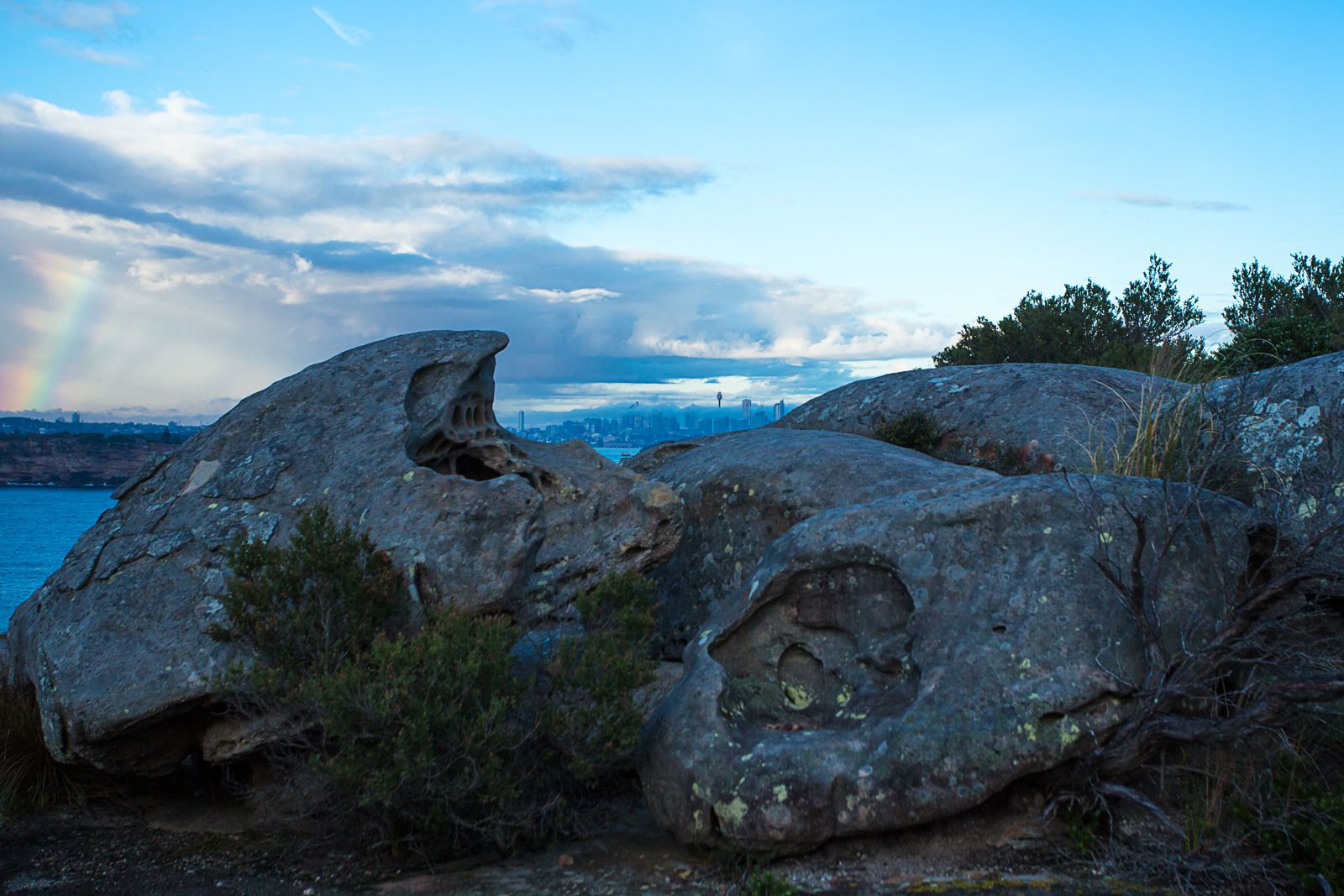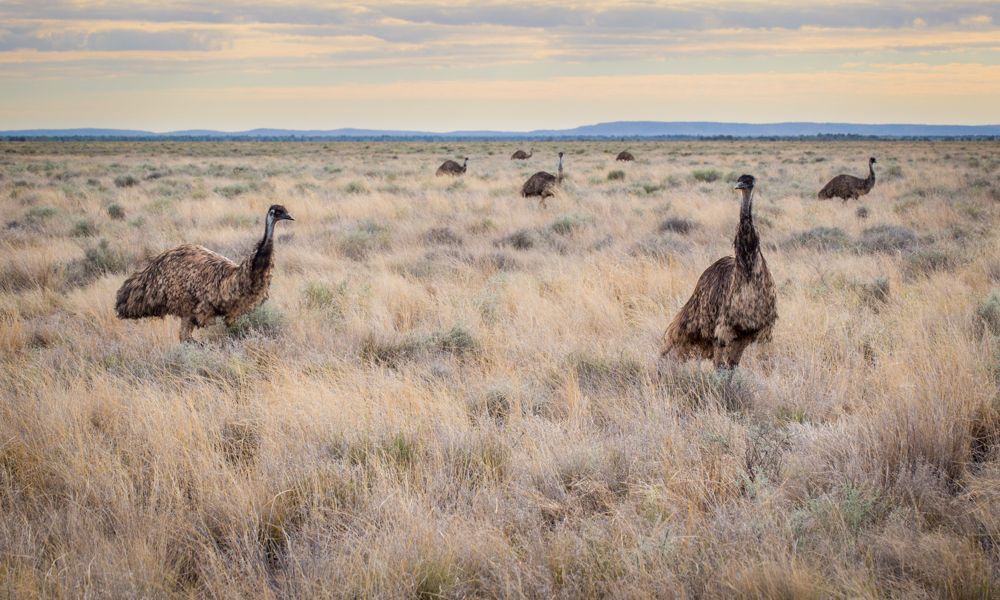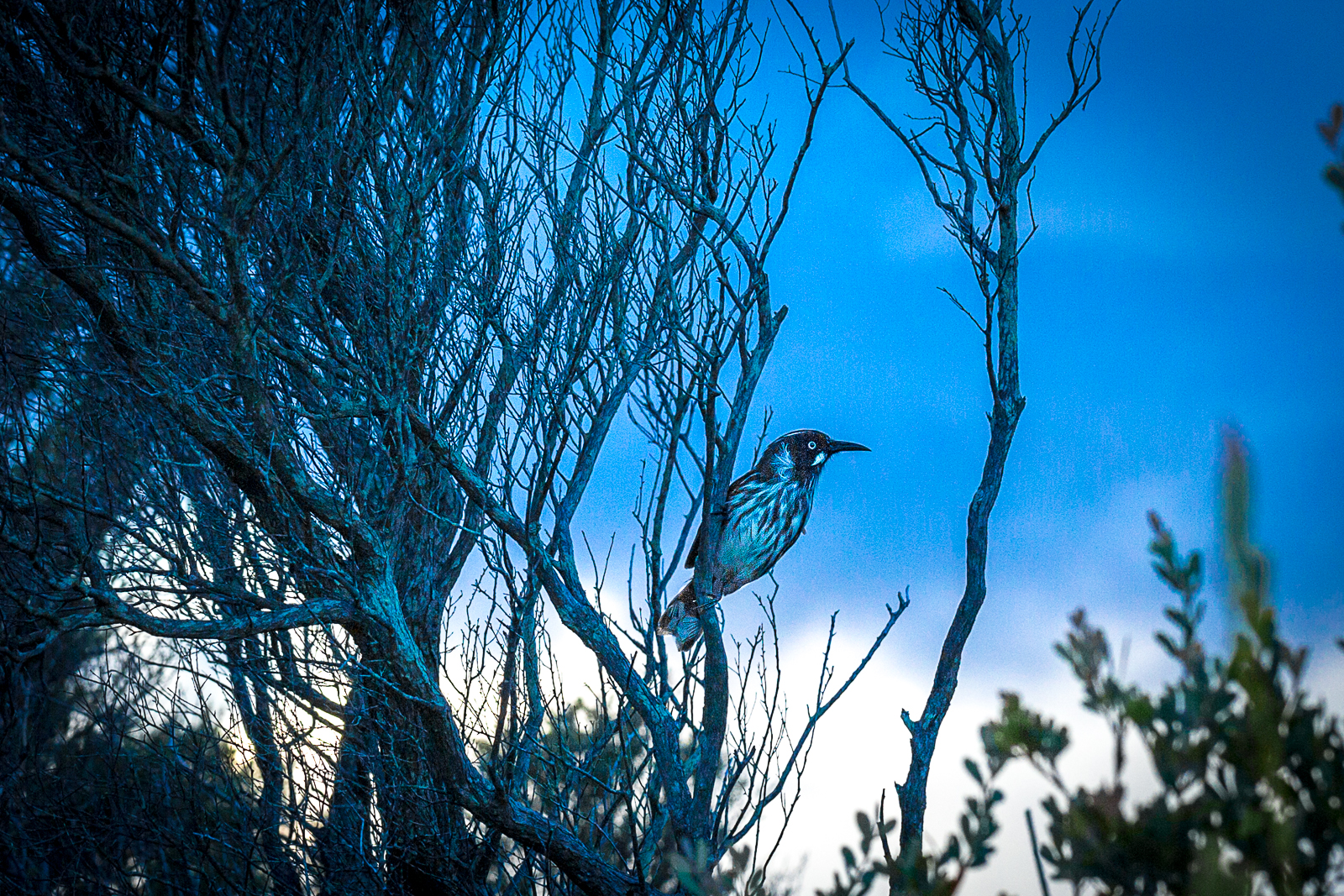 What can we know about something? Once we know something it opens up the world of what that we don’t know.
What can we know about something? Once we know something it opens up the world of what that we don’t know.
In A Short History of Nearly Everything, Bill Bryson explains that the inspiration for the book came from the concern he had about what he didn’t know. When taking off in a plane he looked down at the sea and thought of the things that he didn’t know, like where the salt in the sea came from. This blog seems to becoming more and more about the world that surrounds me and like Bill I don’t know a lot, but unlike Bill, I will remain ignorant of much. Still, I have made and continue to attempt to make sense of what is what. Like where I live.
 I live in Castlecrag, a suburb of Sydney, a few kilometres from the CBD and Opera House. I describe this distance as a few hills. The hills help me create a map of where I live now and where I grew up, in Killara another few hills north. It helps me to understand the flora that would have been here not so long ago and the topography, soils and geology that influenced it. But Sydney is flat. Rather than hills, I live on a vast sandstone plateau, into which have been carved valleys. 220 million years ago, this sandstone plateau was a braided river system on Gondwana, a delta of intersecting water courses on a scale seen no where else in the world today. The sand was delivered from an eroding mountain range somewhere to the south.
I live in Castlecrag, a suburb of Sydney, a few kilometres from the CBD and Opera House. I describe this distance as a few hills. The hills help me create a map of where I live now and where I grew up, in Killara another few hills north. It helps me to understand the flora that would have been here not so long ago and the topography, soils and geology that influenced it. But Sydney is flat. Rather than hills, I live on a vast sandstone plateau, into which have been carved valleys. 220 million years ago, this sandstone plateau was a braided river system on Gondwana, a delta of intersecting water courses on a scale seen no where else in the world today. The sand was delivered from an eroding mountain range somewhere to the south.
 In the past decade, I have studied with geologists and I may do them an injustice by trying to put some of what they have told me into a factual account. But in places, this sand was formed in a night of a deposition, these nights became a continuum of formation and collapse. This speculative history can be seen in road cuttings. Over millenia, once the sand had been deposited, it was overlain with material perhaps a couple of kilometres thick. This eventually exerted the amount of pressure and delivered the increased temperature required so that it would become the hardened stone we see today.
In the past decade, I have studied with geologists and I may do them an injustice by trying to put some of what they have told me into a factual account. But in places, this sand was formed in a night of a deposition, these nights became a continuum of formation and collapse. This speculative history can be seen in road cuttings. Over millenia, once the sand had been deposited, it was overlain with material perhaps a couple of kilometres thick. This eventually exerted the amount of pressure and delivered the increased temperature required so that it would become the hardened stone we see today.
When the New Zealand continent broke off from Gondwana around 80 million years ago, it created cracks in the sandstone. The biggest cracks became the biggest rivers, like the Lane Cove and Parramatta. The sand that eroded in the formation of the valleys became the beaches of our coastline. I live in a valley where a small crack formed a creek that would drain into what would become Middle Harbour. Middle Harbour is a drowned valley, a short distance from open ocean. During the last ice age, within aboriginal history, it would have been a dry valley almost twenty kilometres from the ocean.
The history of where I live influences so much of what is around me. The flora, fauna and landscapes that this blog seems to be increasingly about.
These photographs above are from a recent sunrise at North Head, Manly. The bird is a New Holland Honeyeater (Phylidonyris novaehollandiae).

